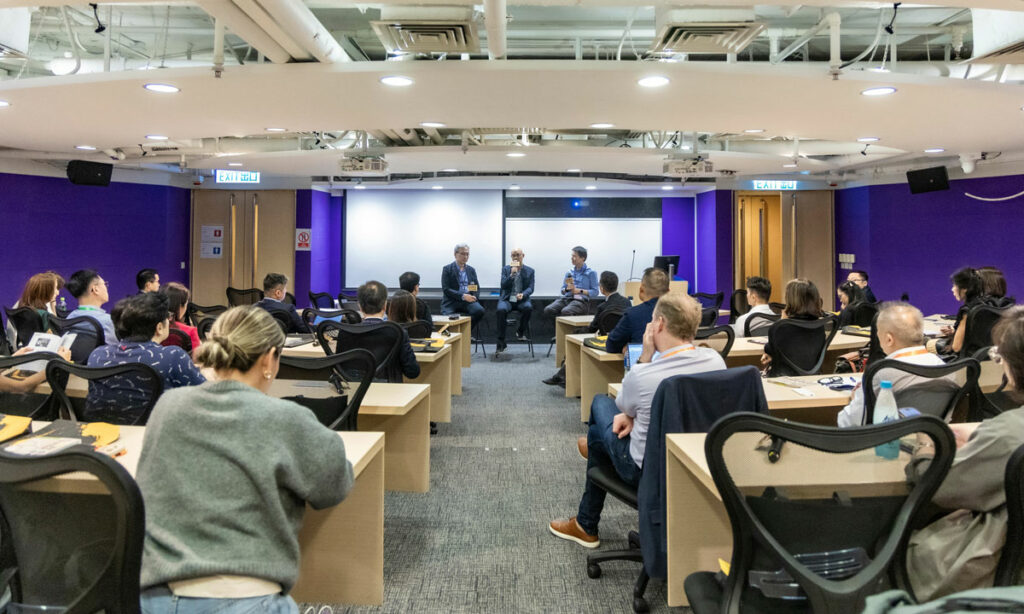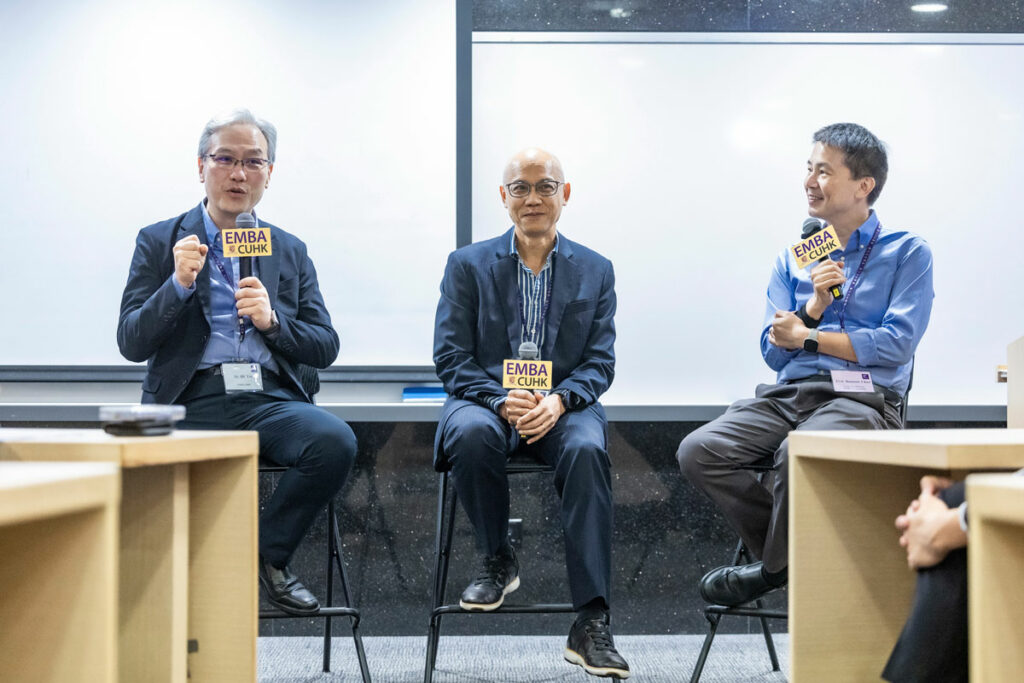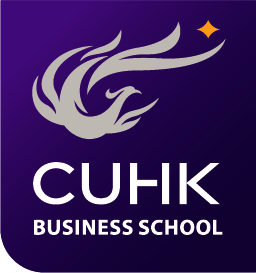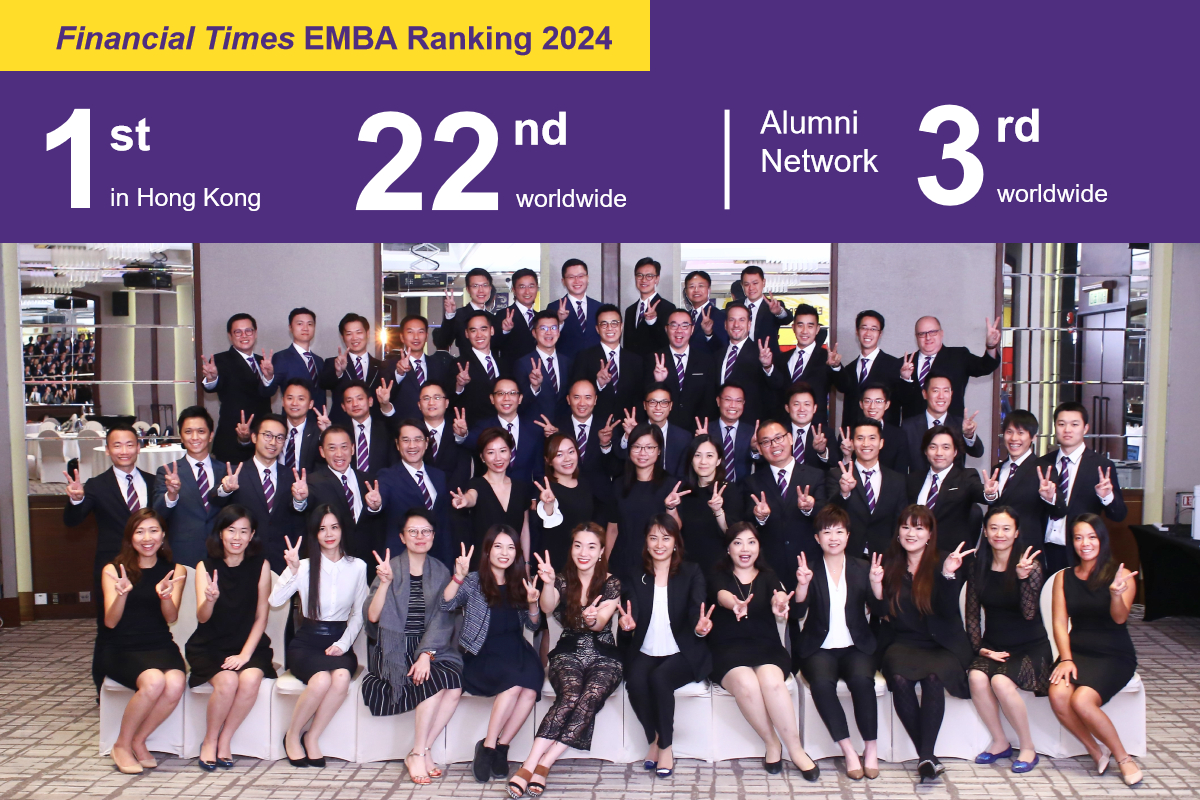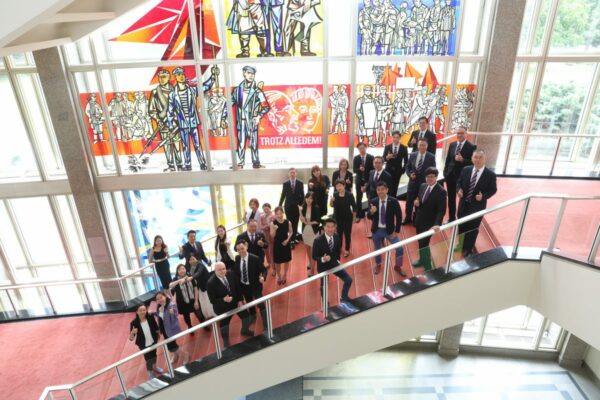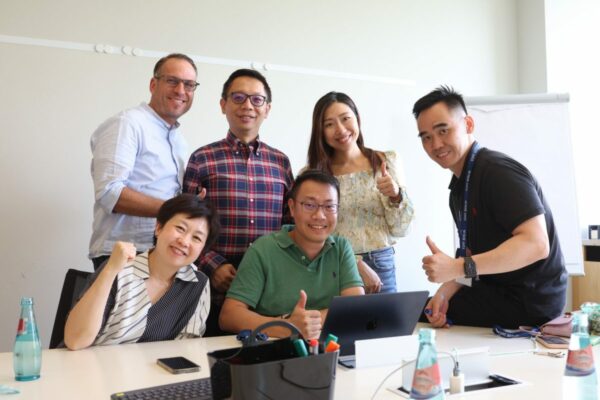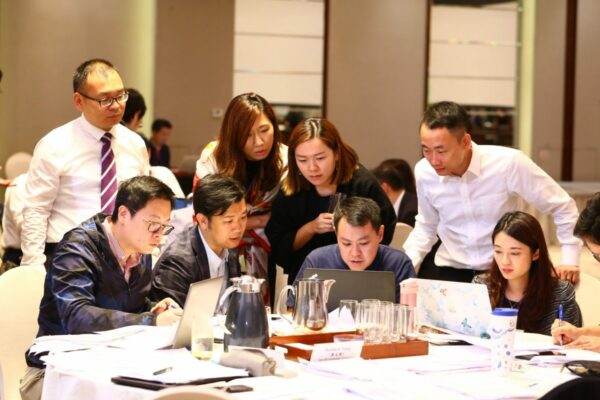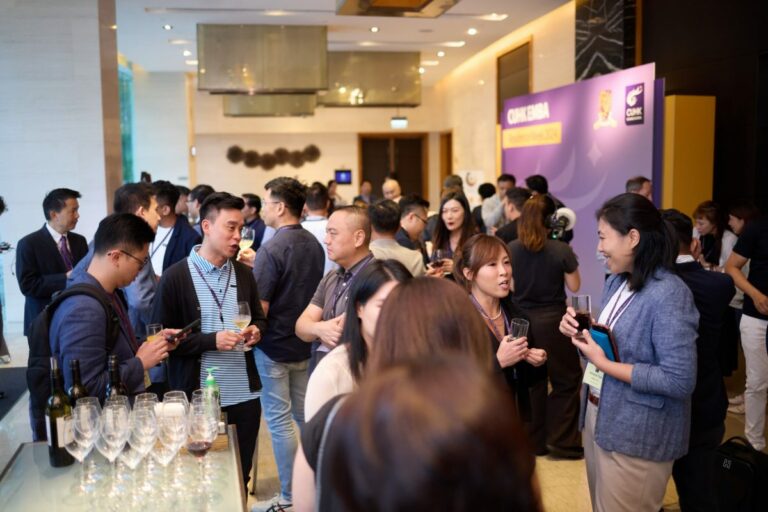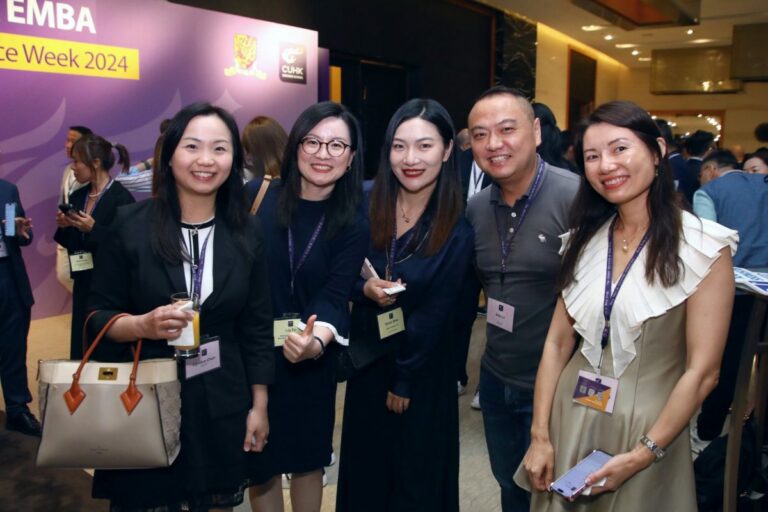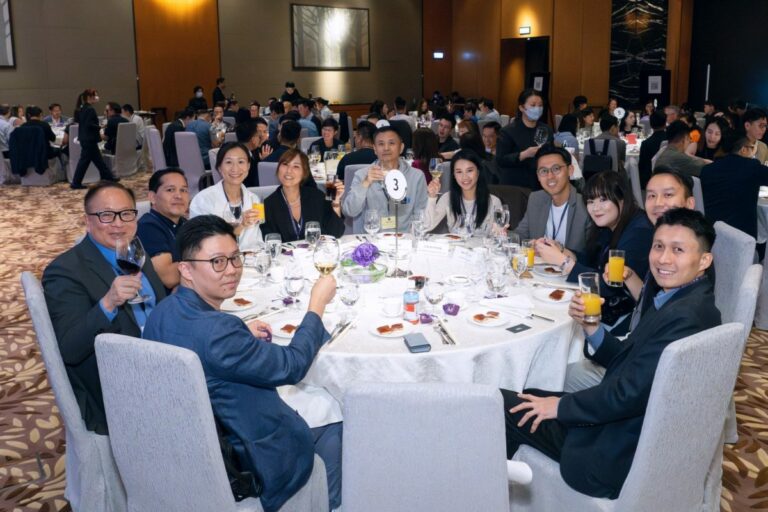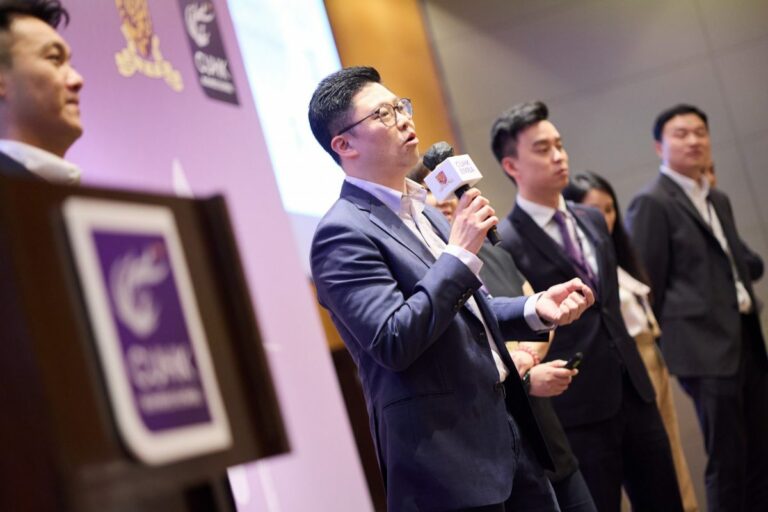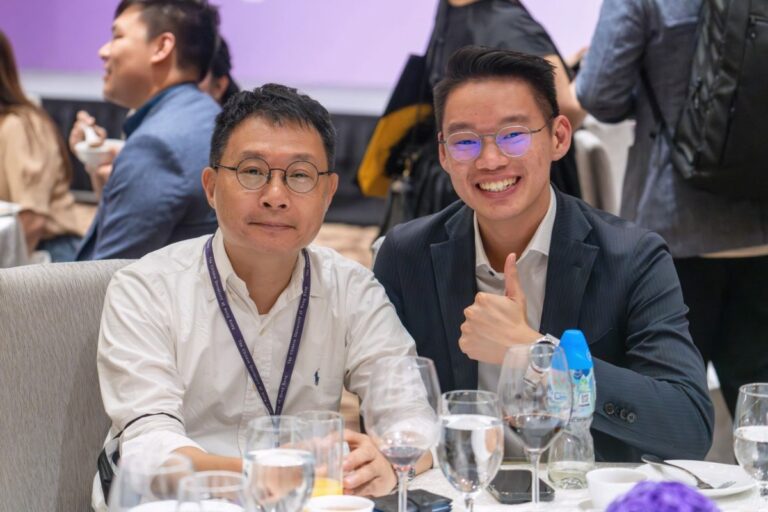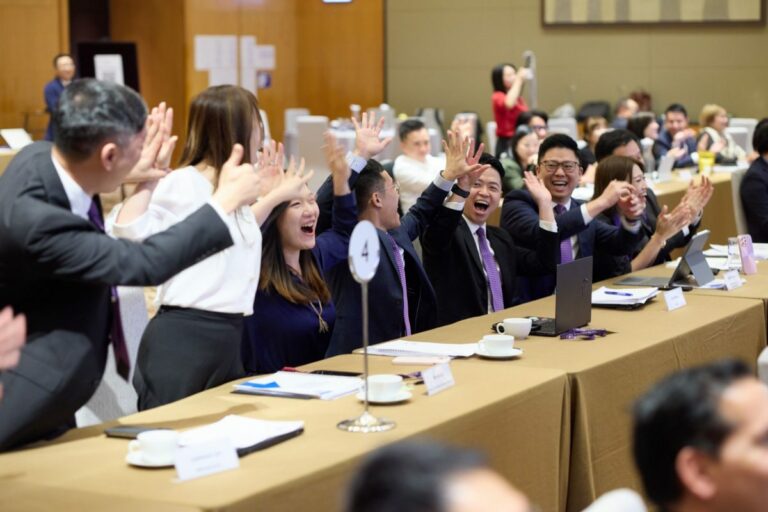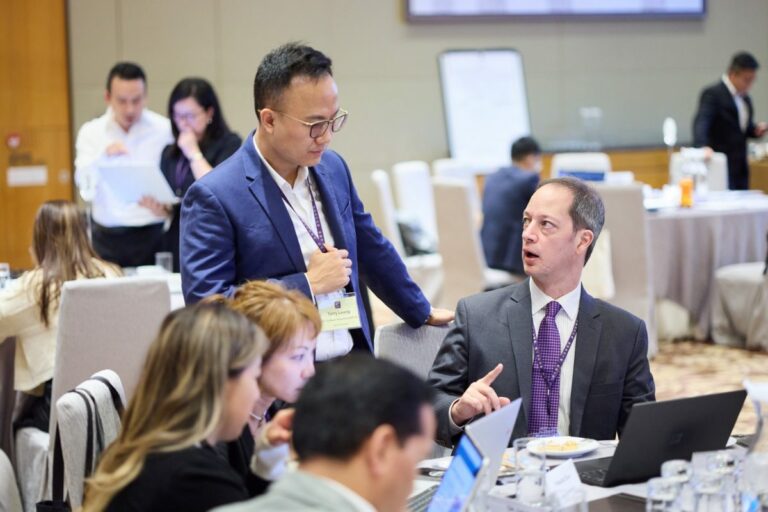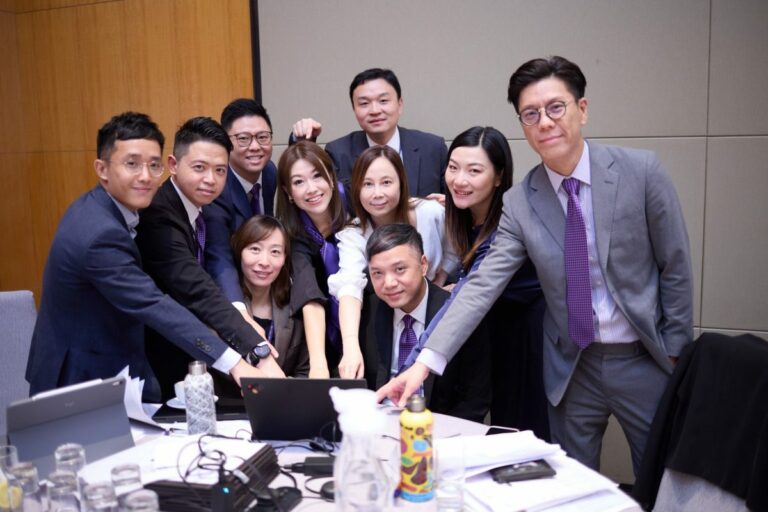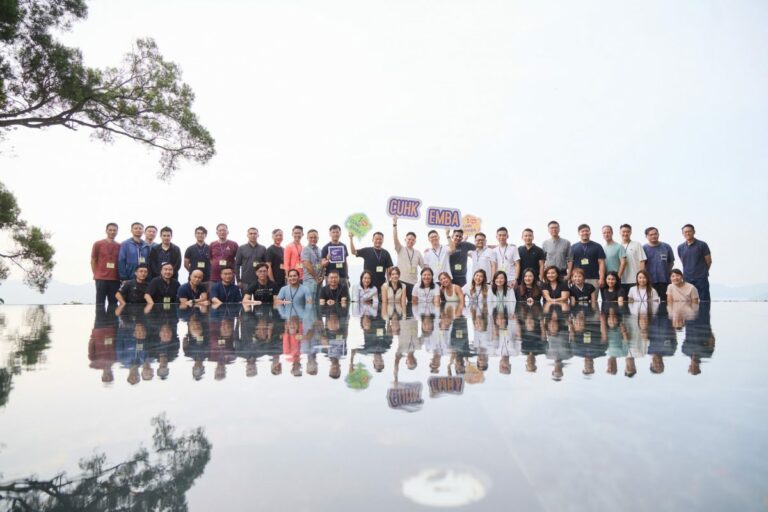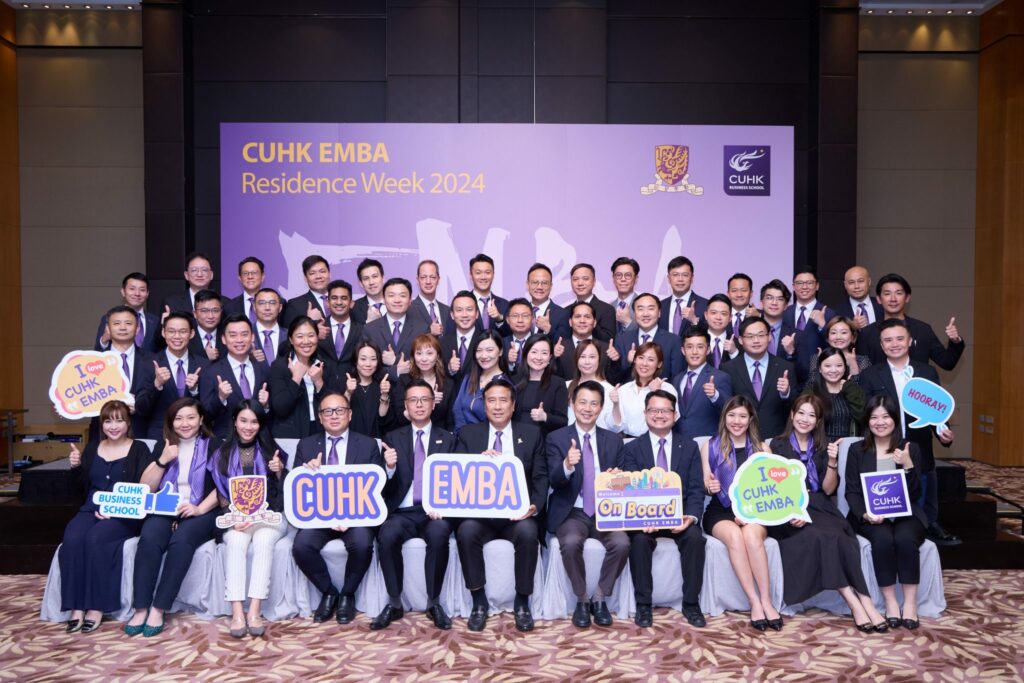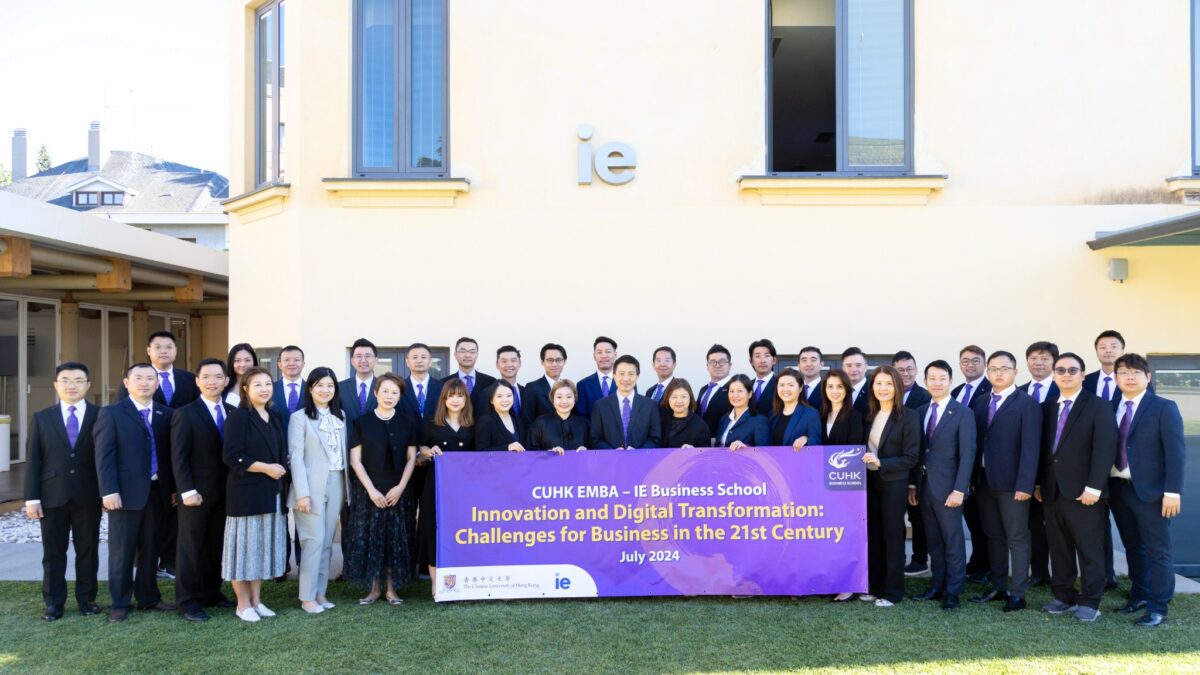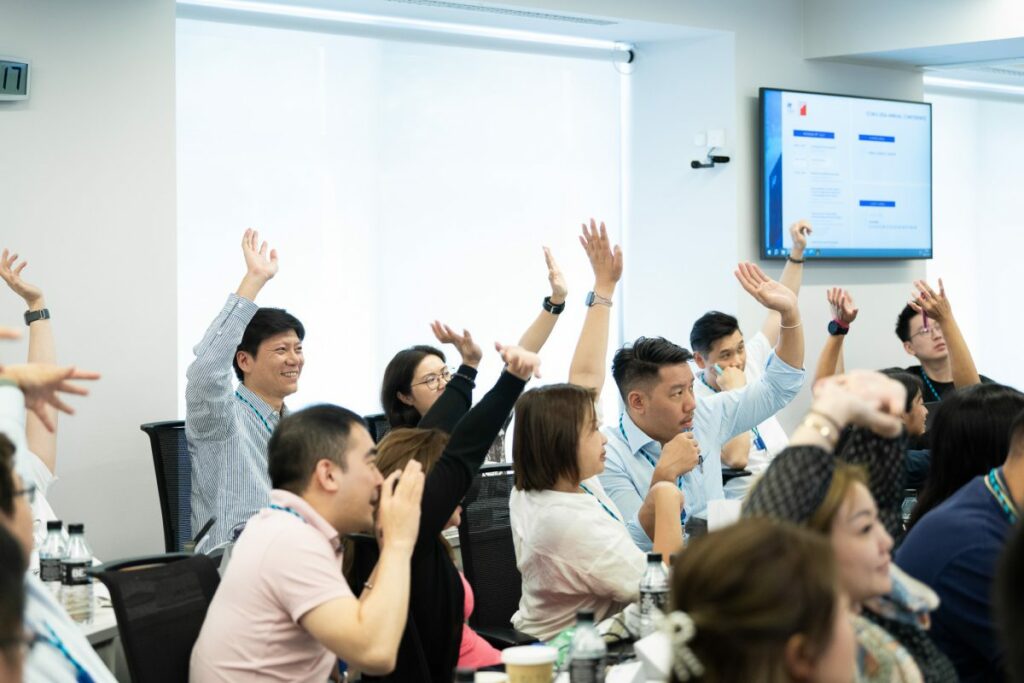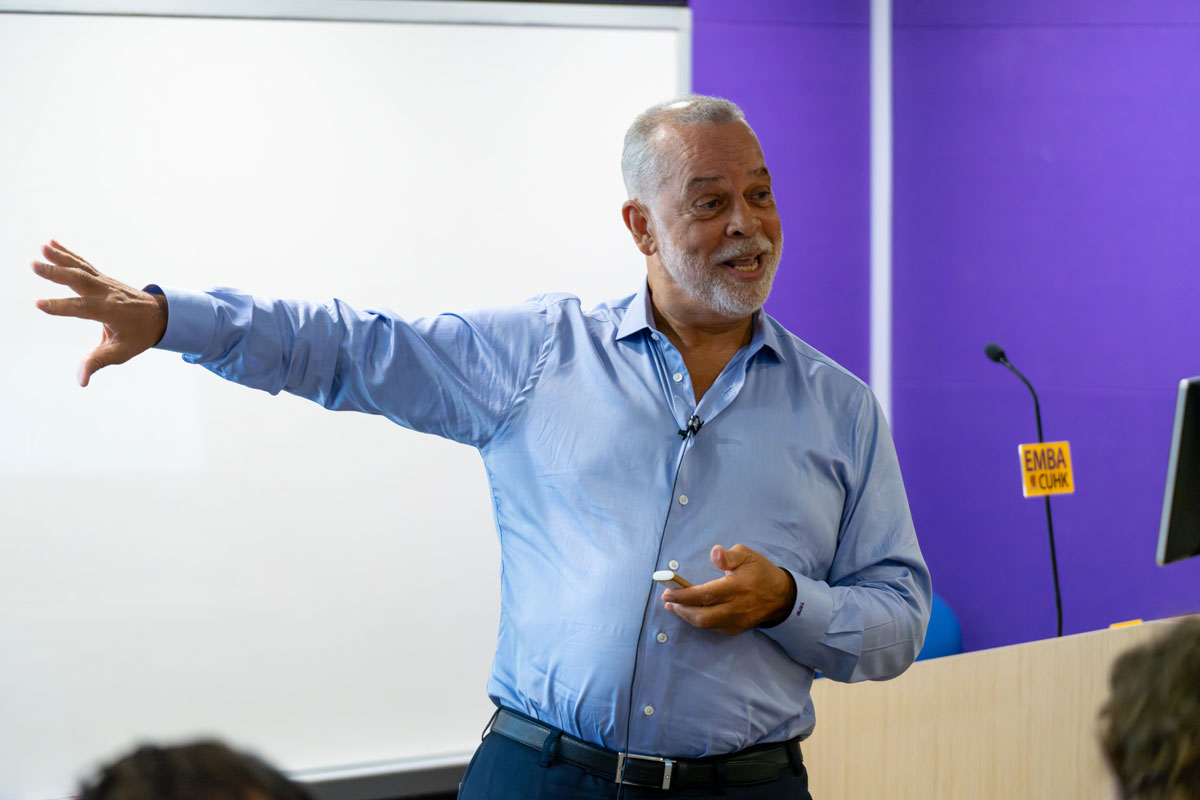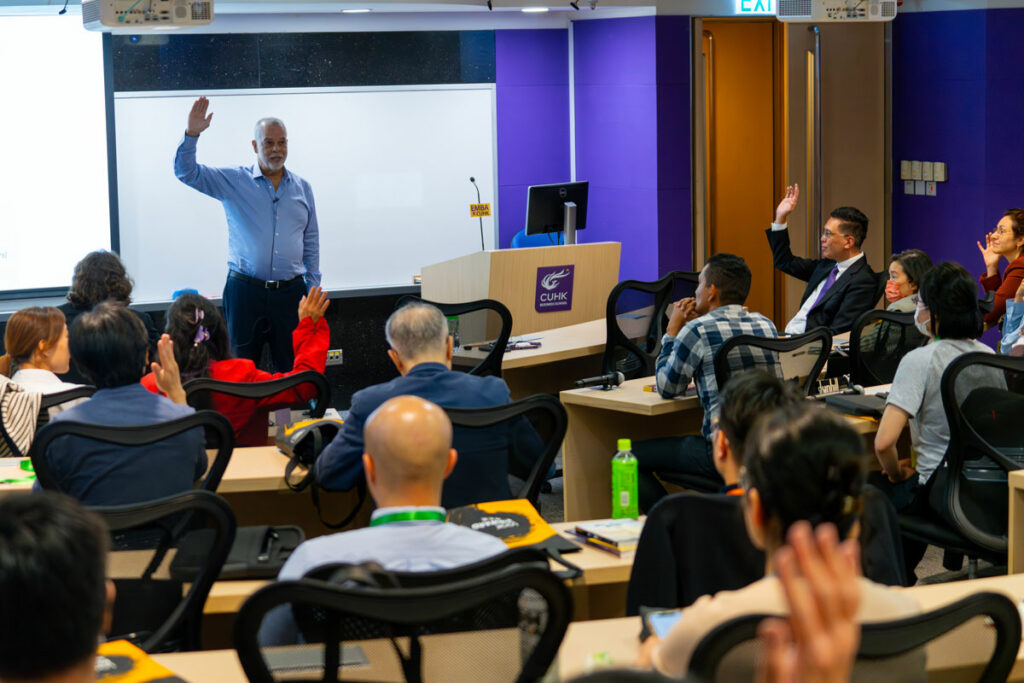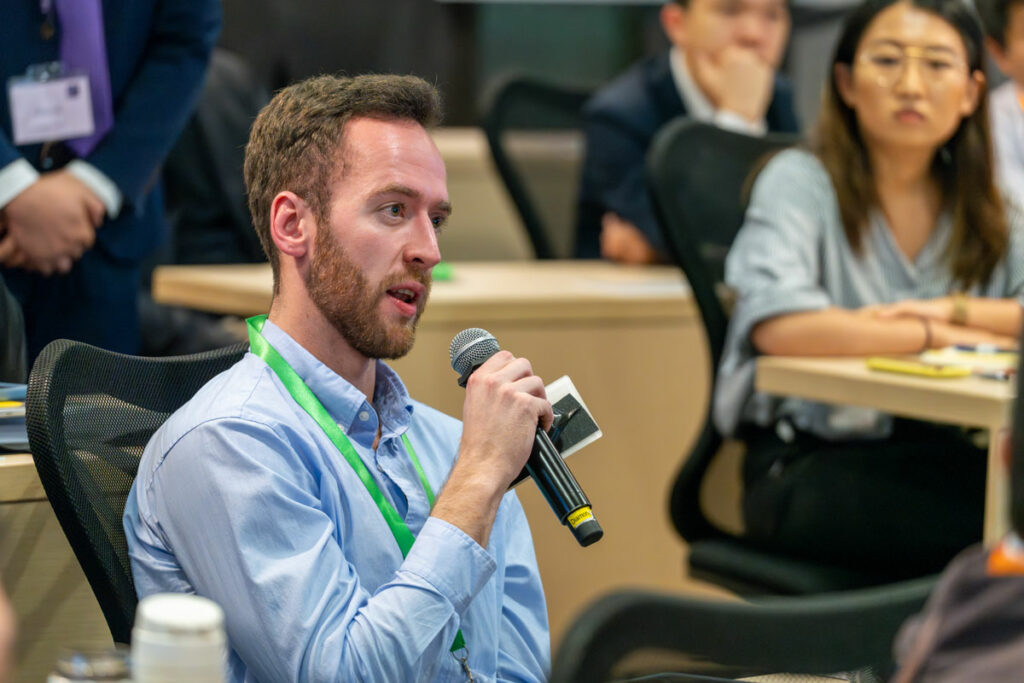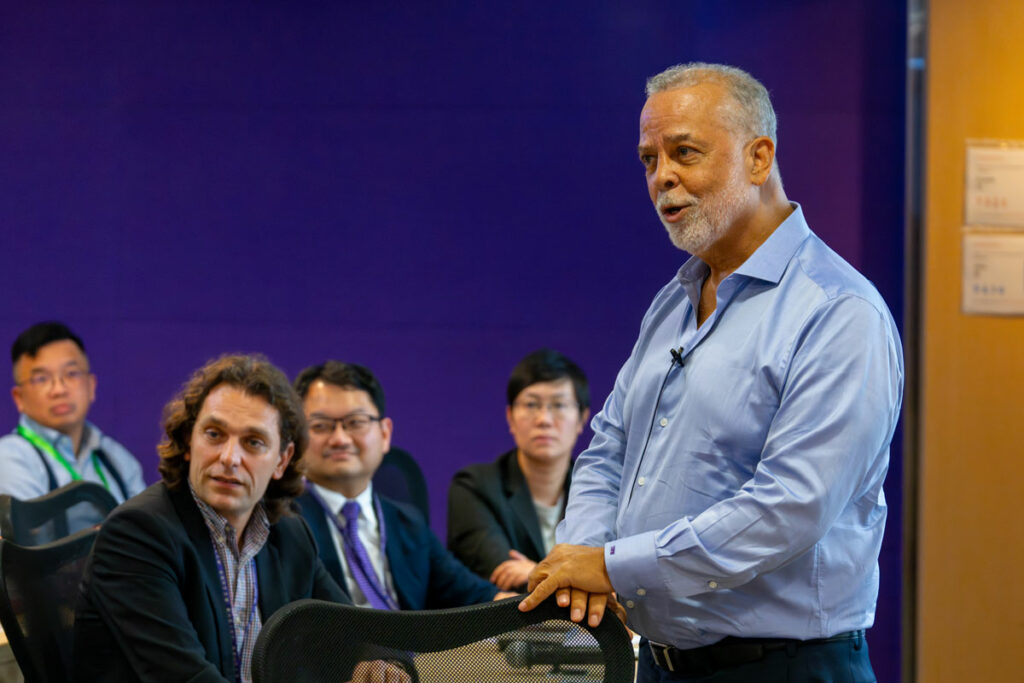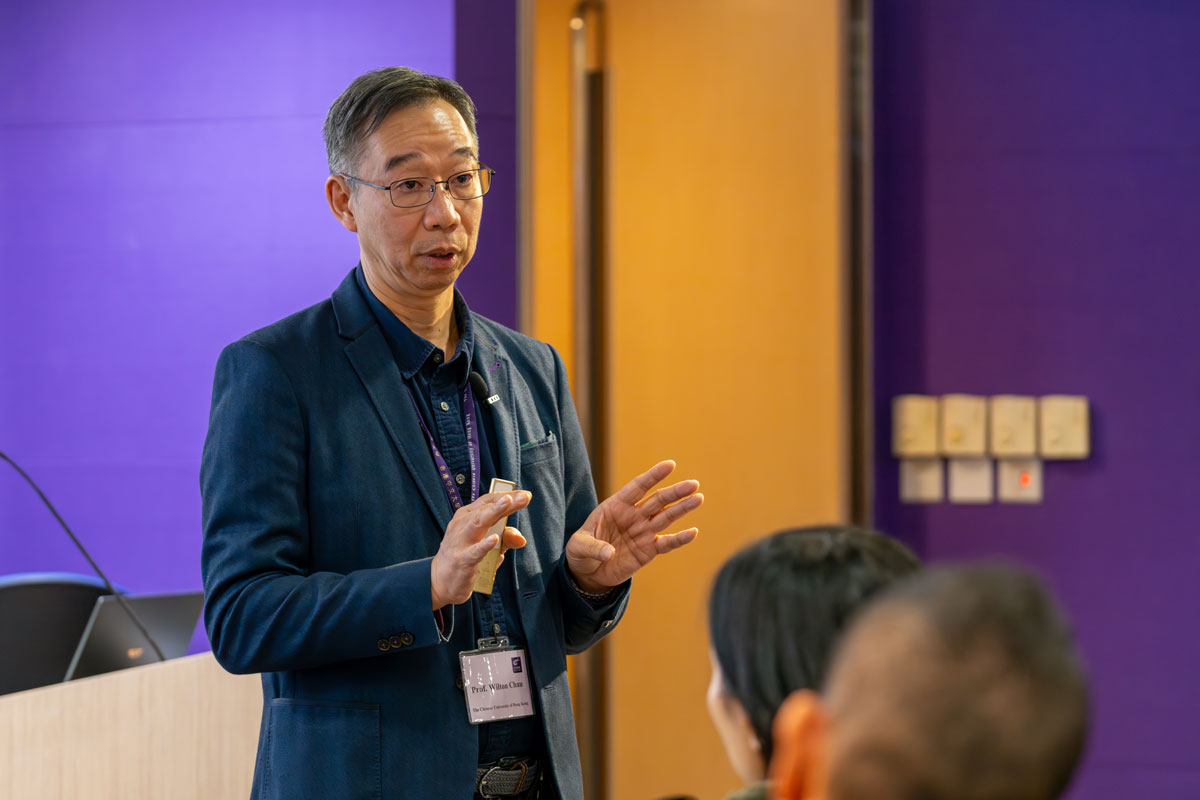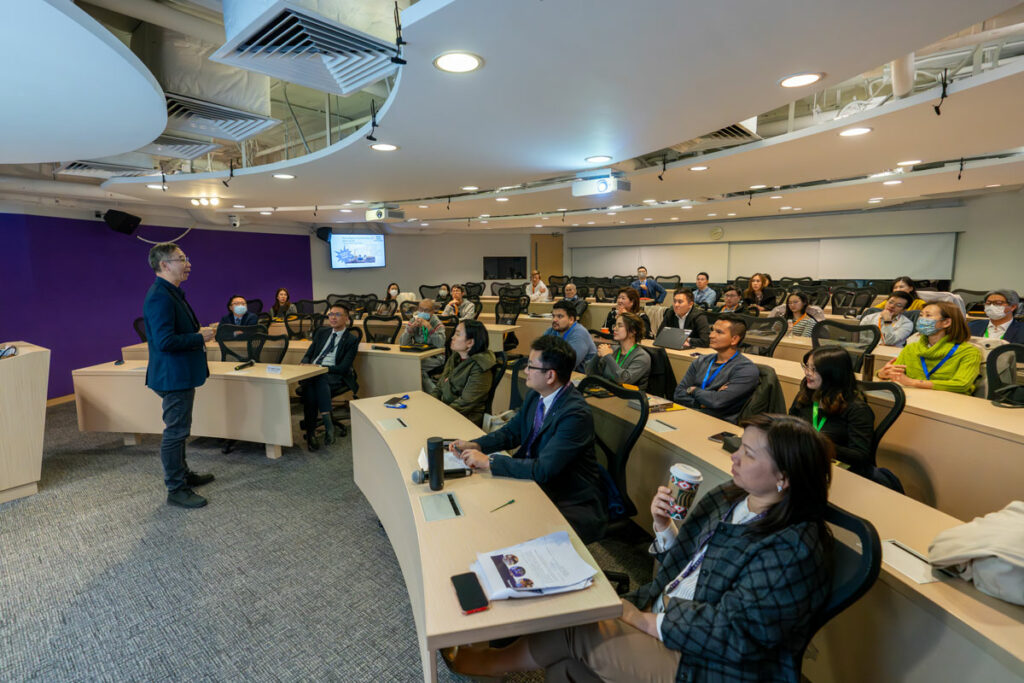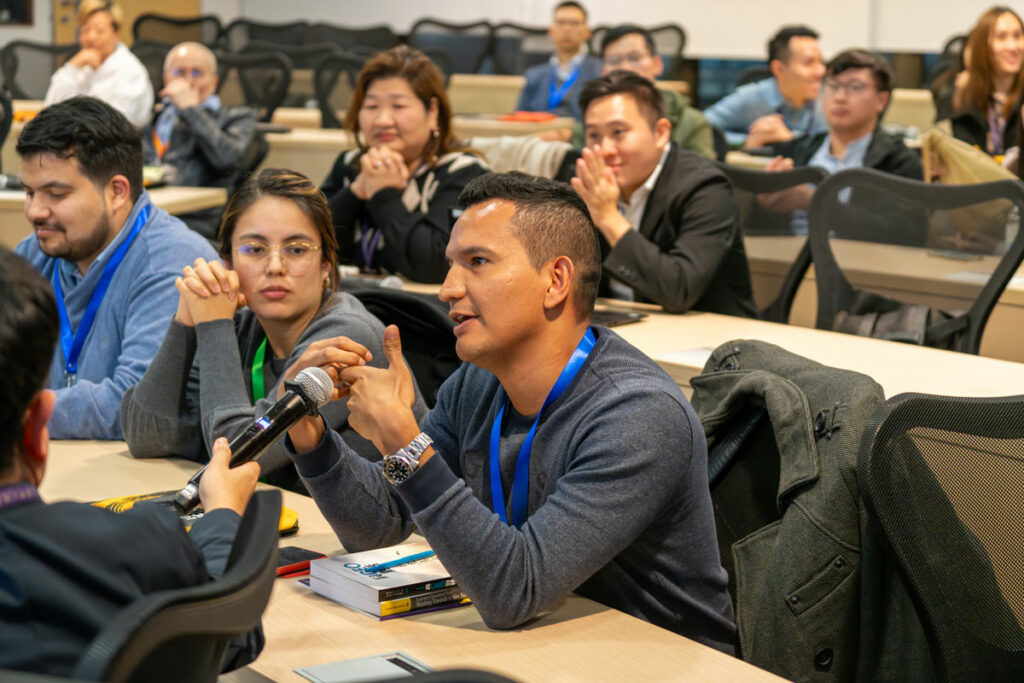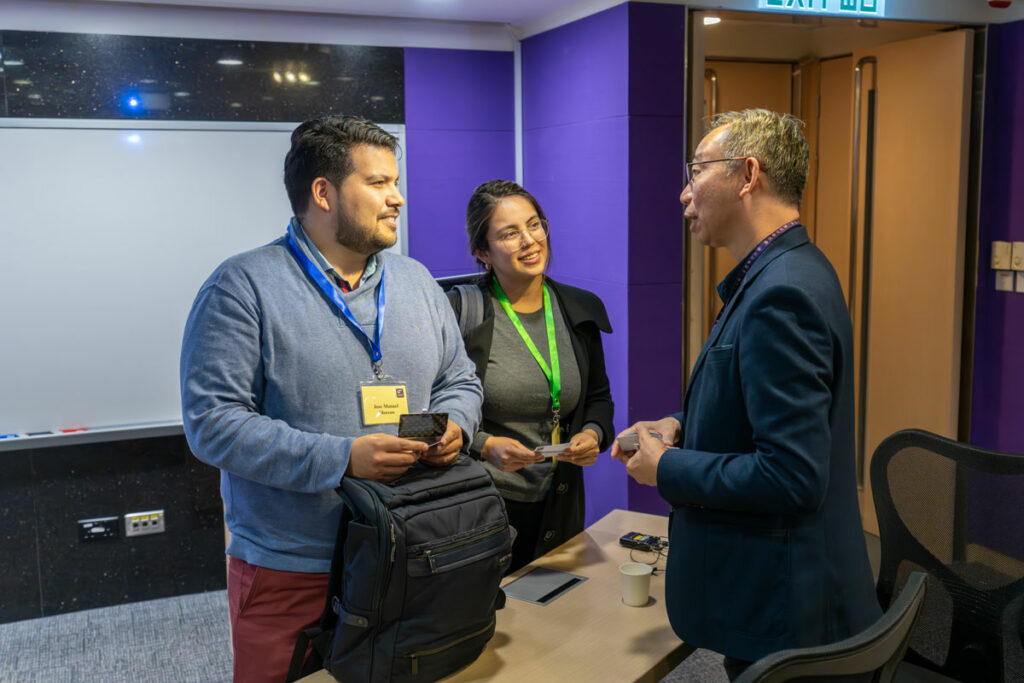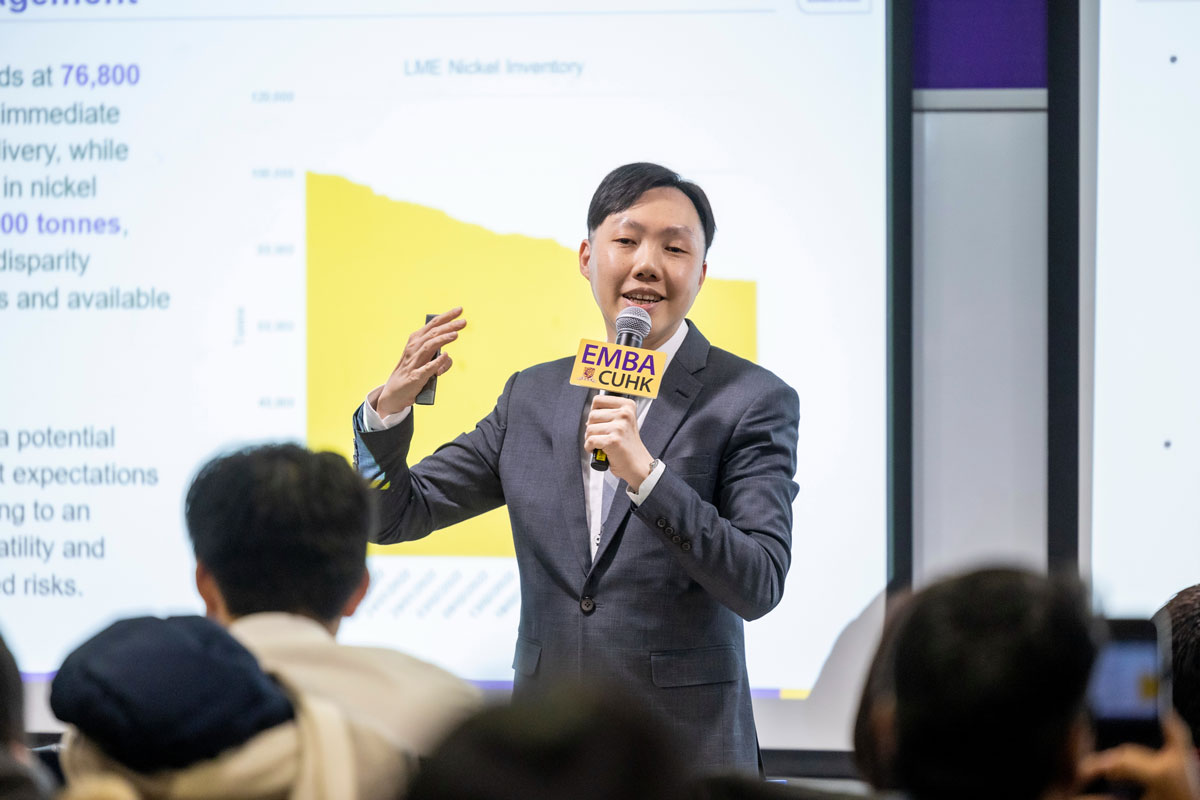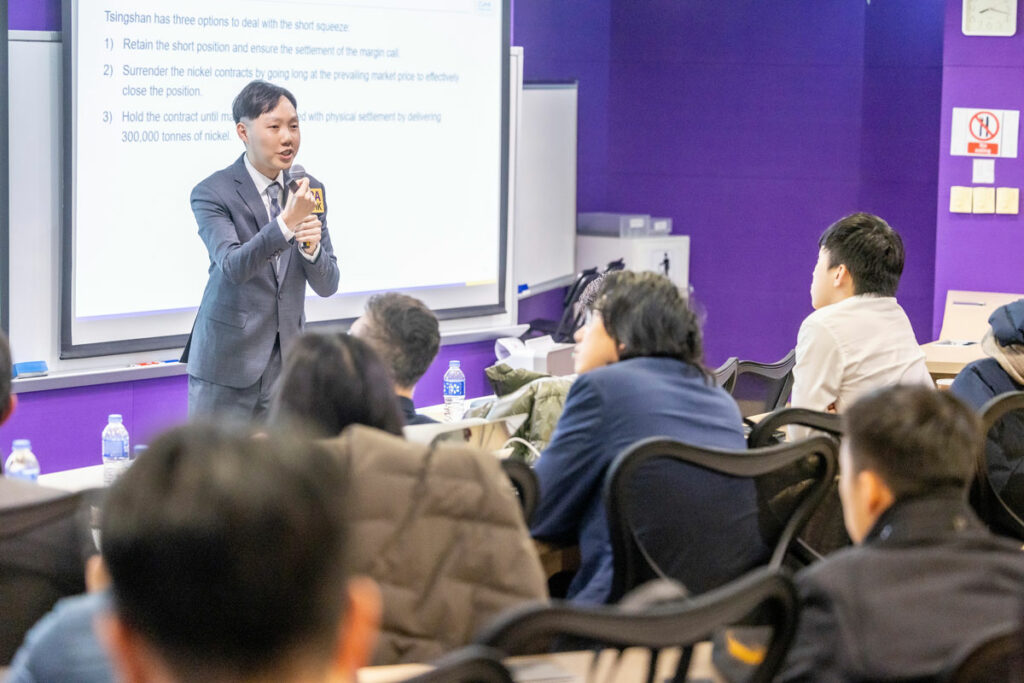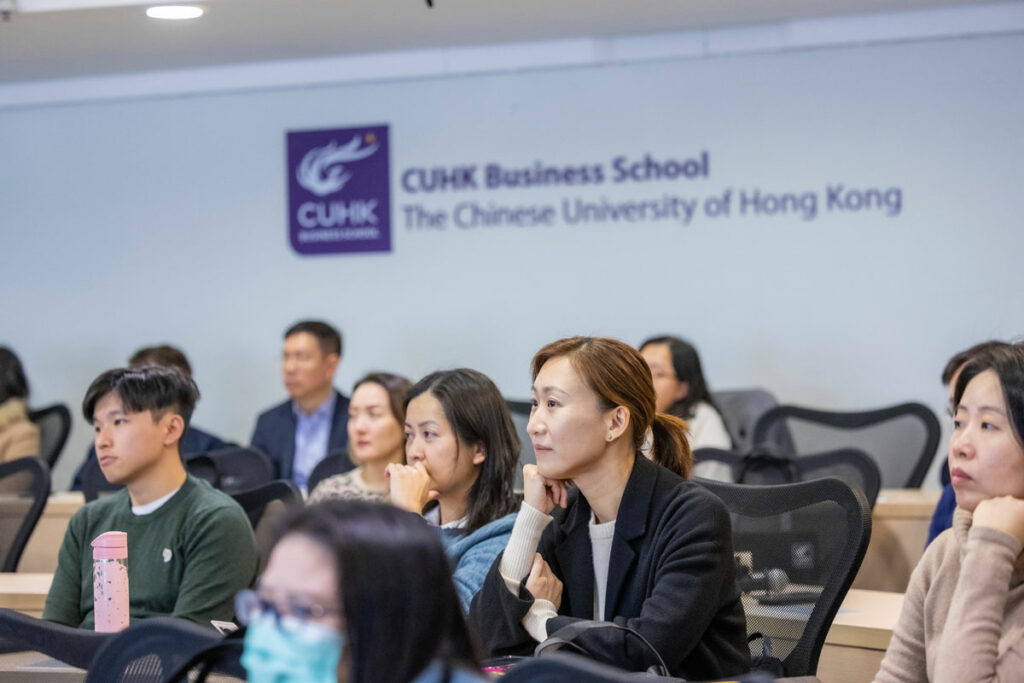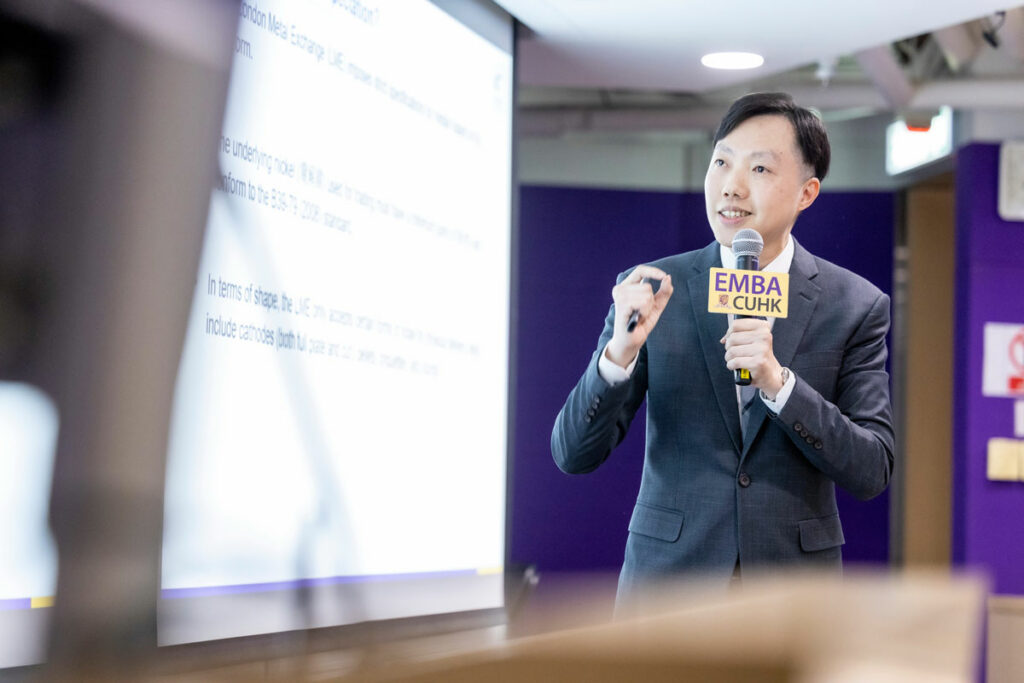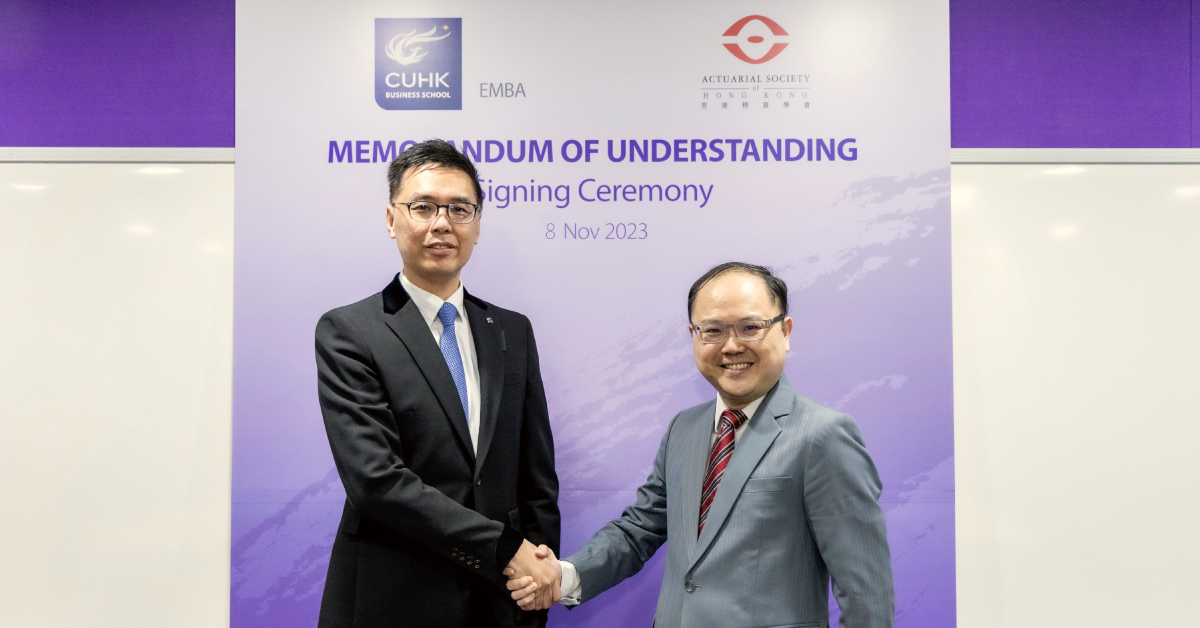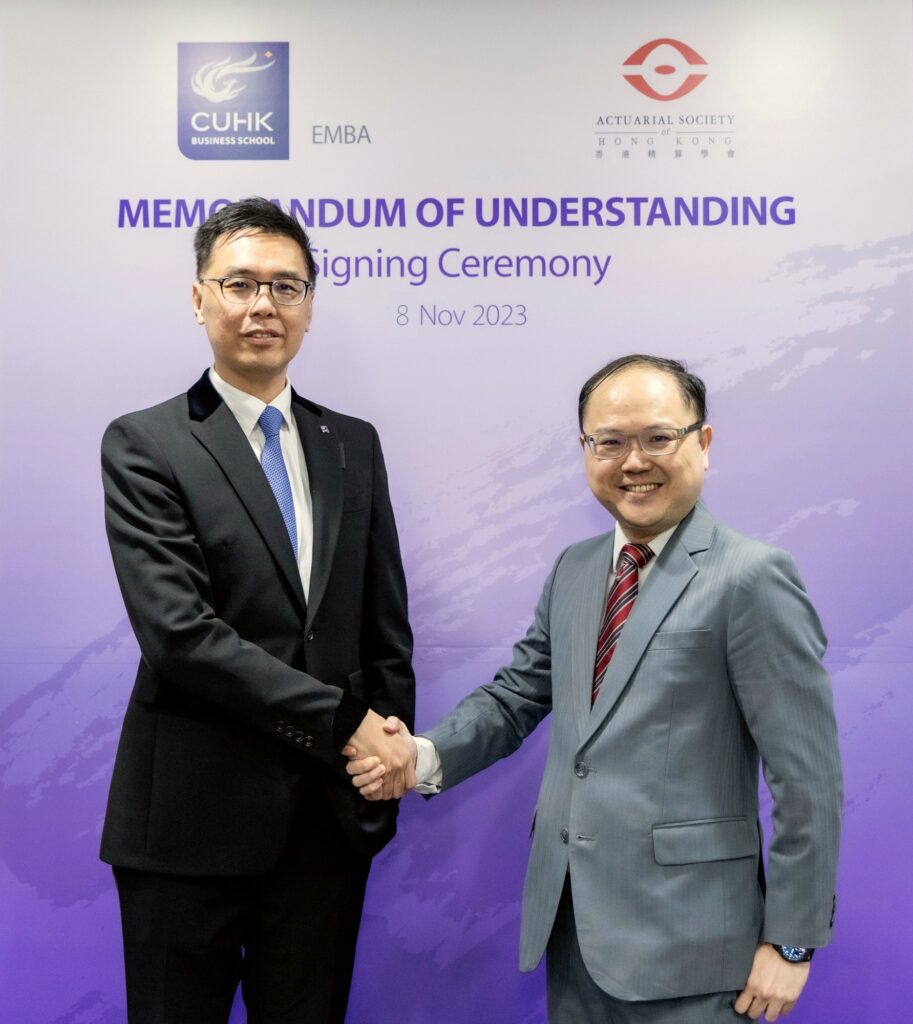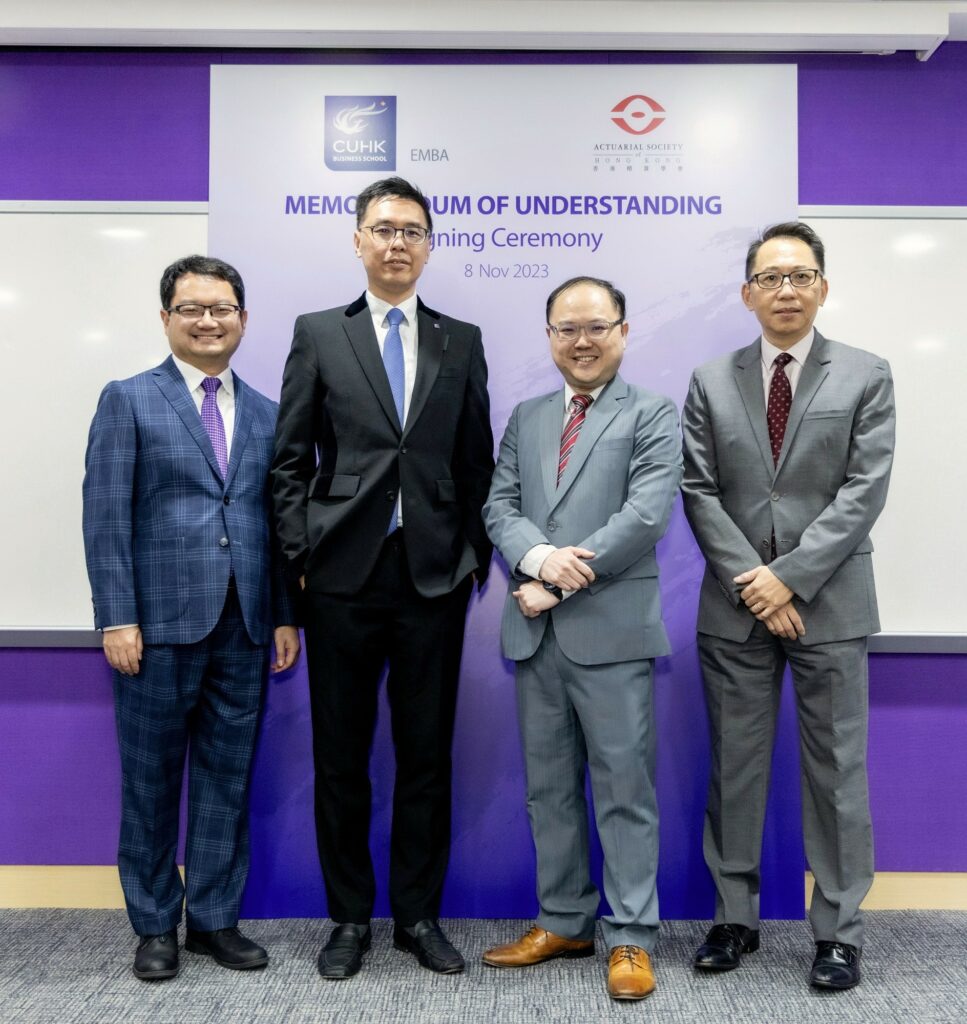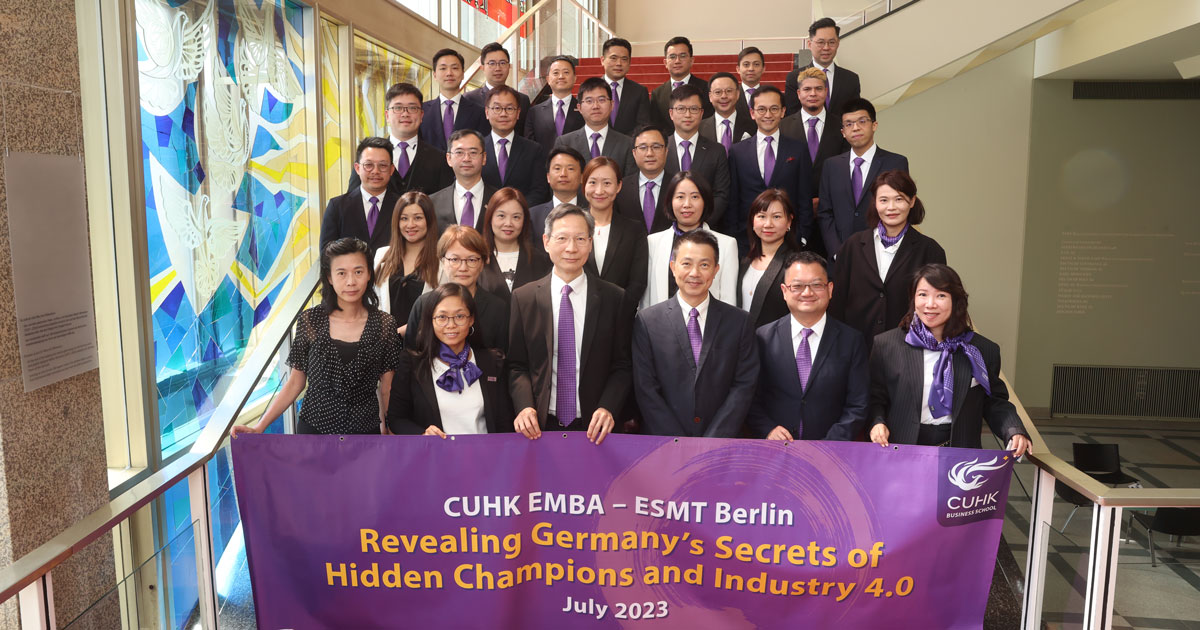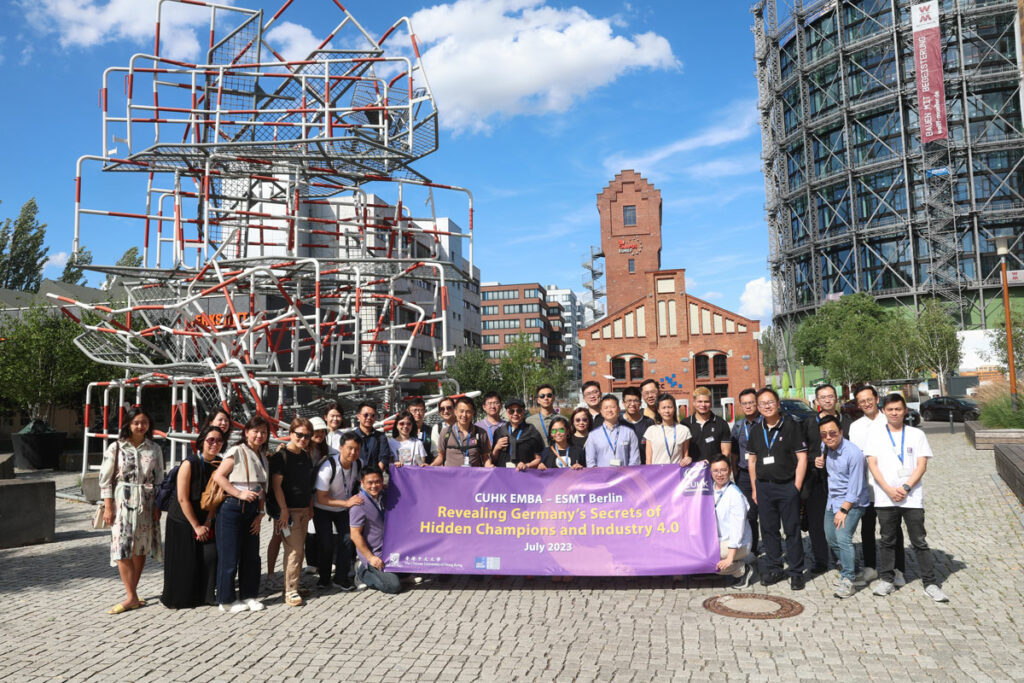AI: how to make it happen
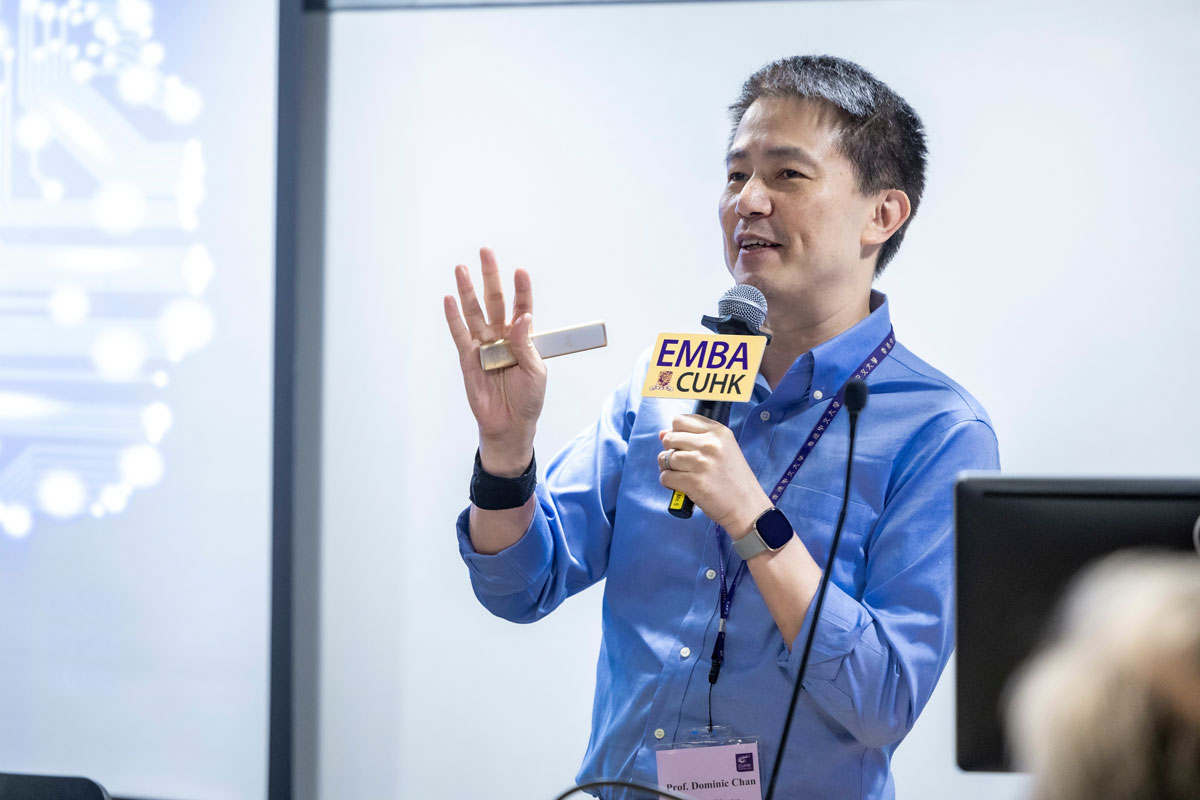

Most companies now recognise that they need to incorporate AI into their business; the issue they face is working out how to put that into practice.
While the potential benefits of AI for companies are vast, the audience at a recent panel discussion by EMBA alumni heard, the road to successful implementation is filled with challenges, as highlighted in a recent panel discussion by EMBA alumni. During the CUHK EMBA Info Session & Alumni Insights event, titled AI in Action: Strategies for Effective Implementation and Beyond, two prominent alumni shared their insights on how corporations should approach AI implementation and highlighted some of the speed bumps en route.
The various stages of AI implementation were outlined by moderator Professor Dominic Chan, Associate Director of the EMBA Programme and of Practice in Entrepreneurship at the Centre for Entrepreneurship. He posed critical questions for companies to consider: What are your needs? Can you collect the data you require? Can you manage that data meaningfully? What kind of algorithm or model will you use, and how will you train it? How will you monitor its performance and make necessary adjustments?
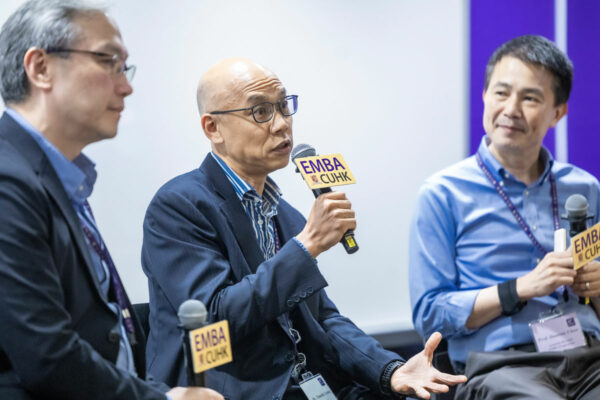

Timothy Leung (EMBA 2005), Advisor and former Executive Director, HKAI Lab
Navigating the ethical minefield
The pain points along the way might not appear where you expect, added panelist Timothy Leung (EMBA 2005), Advisor and former Executive Director for HKAI Lab, a non-profit dedicated to the advancement of AI, funded by the Alibaba Hong Kong Entrepreneurs Fund and SenseTime, who passed his EMBA in 2005. An unexpectedly large part of the problem, he said, can be getting the data into a form where it can yield meaningful insights, which often takes longer than building a model. And if you use the wrong information to train your model, you get the wrong answer.
That highlights the need to use human judgement rather than relying too heavily on AI, pointed out the other panelist, H.L. Yiu (EMBA 2004), Chief Corporate Development Officer for the Hong Kong Science and Technology Parks Corporation, who graduated from his CUHK EMBA in 2004. When using an AI tool to check the information provided by a company wanting to move into Hong Kong Science Park, for example, he once asked it to provide him with a source for a piece of information, clicked on it and discovered it to be different from how it was described – as the AI itself then readily admitted. An algorithm, he said, doesn’t understand concepts like but results higher likeness of probabilities from the dataset it learned from, and so any information it provides needs to be critically examined.
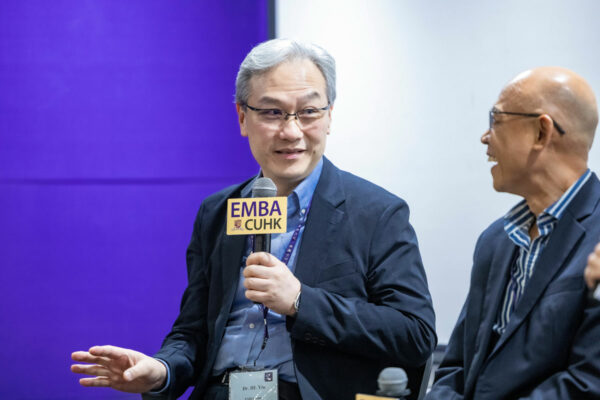

H.L. Yiu (EMBA 2004), Chief Corporate Development Officer, The Hong Kong Science and Technology Parks Corporation
The ethical implications of AI can also include responsibility for filtering out bias; as Chan suggested, while AI isn’t biased itself, it faithfully reproduces those of humans. He gave the example of Amazon, which used AI for recruitment, but discovered it was screening out women, reflecting a bias in the company’s previously screening process.
There are also ethical and compliance issues related to data privacy. There is a danger, said Yiu, of anything you uploaded become public information/dataset – so it’s important to maintain a firewall that separates commercially sensitive data from public AI models or to design a cyber-secured system that can utilise the AI models.
Big costs but bigger benefits
The biggest hurdle to implementing AI, though, remains the most obvious one, both speakers agreed: money, and specifically the challenge of persuading company decision makers to invest in it. This, at least, has been changing in recent years, said Leung, with the large corporations he works with, even highly traditional ones, quickly moving from having little understanding of the technology or its importance to proactively getting involved in AI projects and seeing it as central to their businesses. He added that the hype around ChatGPT and other generative AI products from 2022 caused a lasting spike in interest in AI from businesses, allowing ordinary people to try using it and see its benefits for themselves.
Mostly, he said, the technology is still at the investment stage rather than being a mature product, and most companies are not yet expecting it deliver a return on investment. Nonetheless, it is already proving its worth in a number of areas, some of which can be hard to quantify in financial terms. He gave the example of Bank of East Asia (China), which has built its own data science team to clean its data and develop and refine a model. By doing so, it has been able to streamline the Know Your Client (KYC) process, taking care of the business of fraud detection, which is often too complex for humans to undertake. Another company he works with, conglomerate Swire, uses AI to interview its management trainees, delivering results that are 96% the same as human interviewers, but allowing the company to interview everyone who applies rather than trying to filter the vast number of CVs it receives.
Yiu added another example of an unquantifiable but critical benefit: a speech recognition company he works with became convinced of the value of AI when it understood that the technology could detect any misselling of its products by sales agents, potentially saving it major compliance headaches. As Yiu said during the session: AI definitely delivers returns; it’s just hard right now to measure precisely what they are.
In conclusion, while the journey to AI implementation is fraught with challenges, the benefits are undeniable. Companies must navigate data management, ethical considerations, and financial investment to harness AI’s full potential effectively.
